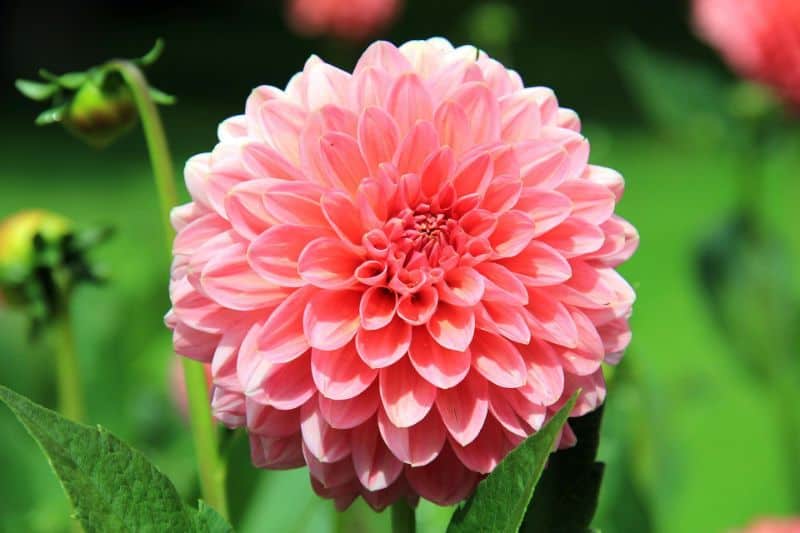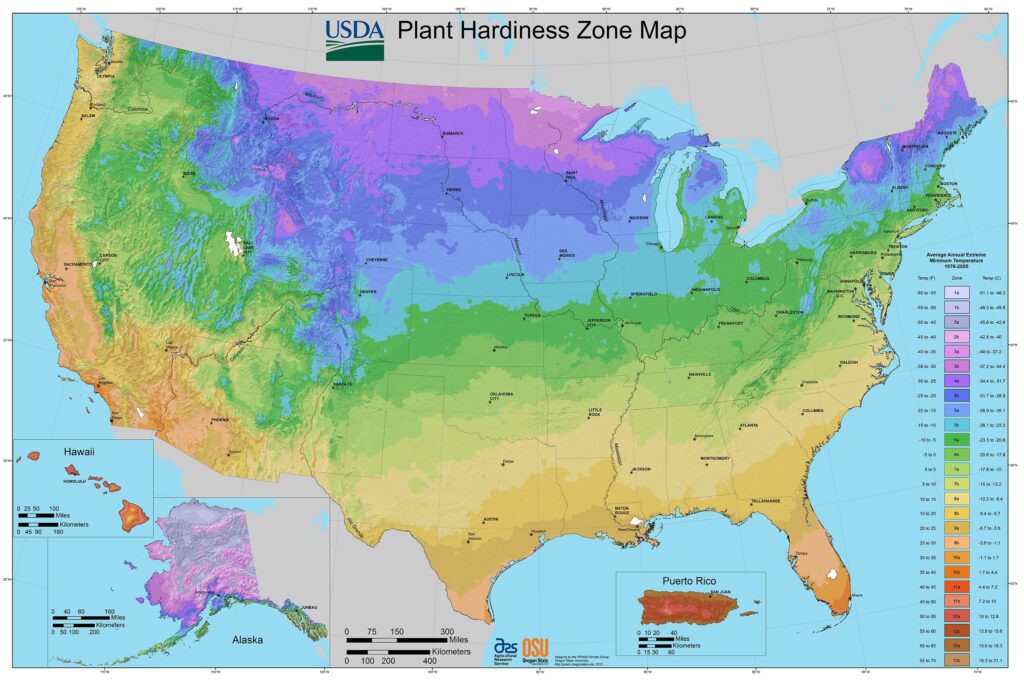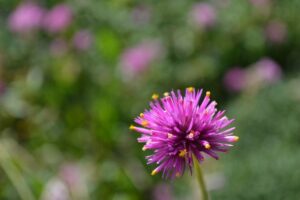Dahlias are beautiful flowers that can add color and life to any garden. They are easy to grow and care for, but there are a few things you need to know in order to get the most out of them. In this guide, we will discuss everything you need to know about growing and caring for dahlias. We will cover everything from planting them to watering them to keeping them healthy. So if you are interested in adding some dahlias to your garden, keep reading!
Best Dahlias Varieties
| Image | Name | Rating | Shop |
|---|---|---|---|
 | Ball Mixture Dahlias | ||
 | Lady Darlene Dinnerplate Dahlia | ||
 | Ice Cube Dahlia |
How to Grow and Care for Dahlias
Dahlia Hardiness Zones
Dahlias are perennials in USDA zone 8-10 but can be grown as annuals in colder climates. They need a frost-free growing season of at least 120 days.
How Much Sun Do Dahlias Need
When it comes to dahlias, more sun is better! These plants need at least 6 hours of sun per day, and 8-10 hours is even better. If you can provide them with full sun all day long, that’s ideal. But if you have partial sun in your garden, that will work too. Just make sure the dahlias get plenty of sunlight each day.
Dahlia Soil Requirements
Dahlias like loamy soil that is moist but well-drained. They do not like wet feet, so make sure they have good drainage. Dig a hole and mix organic matter (compost, aged manure, etc.) into the soil you removed from the hole. Then fill in the hole with half garden soil and half of the amended soil.
Dahlia Soil pH
Dahlias like a soil pH of 6.0-7.0, and a pH of 6.5 is ideal. You can adjust the pH of your soil by adding lime if it is too acidic or sulfur if it is too alkaline.
Soil testing kits are available online, and they are easy to use. You just need to take a soil sample from your garden, mix it with water, and then use the test kit to determine the pH level.
Dahlia Plant Spacing
You should space Dahlias 2.5 feet apart. If you plant them too close together, they will compete for water and nutrients, and your plants will be less healthy and produce fewer blooms.
Dahlia Temperature Requirements
Dahlias like the heat and are not frost tolerant. They should be planted after the last frost in your area and should be dug up before the first frost.
Dahlia Fertilizer Requirements
Dahlias are heavy feeders and prefer a high phosphorous fertilizer such as 10-20-10 NPK. Feed them once a week until blooms appear, then stop fertilizing. too much nitrogen will produce lush foliage at the expense of flowers.
Too much nitrogen fertilizer, on the other hand, will produce lush foliage at the expense of flowers. So be sure to adjust your application rates accordingly!
Dahlia Water Requirements
Dahlias need 1 inch of water per week. Do not water the tubers until they have emerged from the ground. Once they have emerged, you can water them every week. Mulching around the plants will also help to conserve soil moisture.
Dahlia Humidity Requirements
Dahlias like 50 to 90% humidity, with the ideal range being 70-80%. When the humidity falls below 50%, they can start to show signs of wilting. excessively high humidity (above 90%) can lead to problems such as bud rot and powdery mildew.
Dahlias Pests
Dahlias are beautiful, unique flowers that come in a wide variety of colors and shapes. But like all plants, they can fall prey to pests. Some common pests that attack dahlias include slugs, earwigs, caterpillars, and thrips.
Related Articles:
Dahlias Diseases
Powdery mildew and other fungal diseases can be a big problem for dahlias. Infected plants Develop white, spotty growth on their leaves and stems. This can eventually lead to the loss of leaves and reduced plant health.
To prevent powdery mildew properly space your plants to ensure good air circulation. If you do see signs of the disease, treat it immediately with a fungicide according to the directions.
You may also want to consider using an organic fungicide like sulfur or neem oil.














